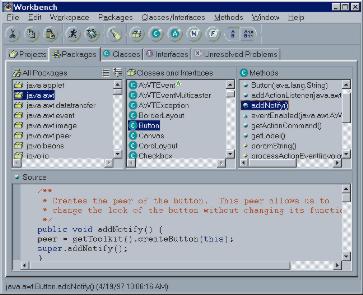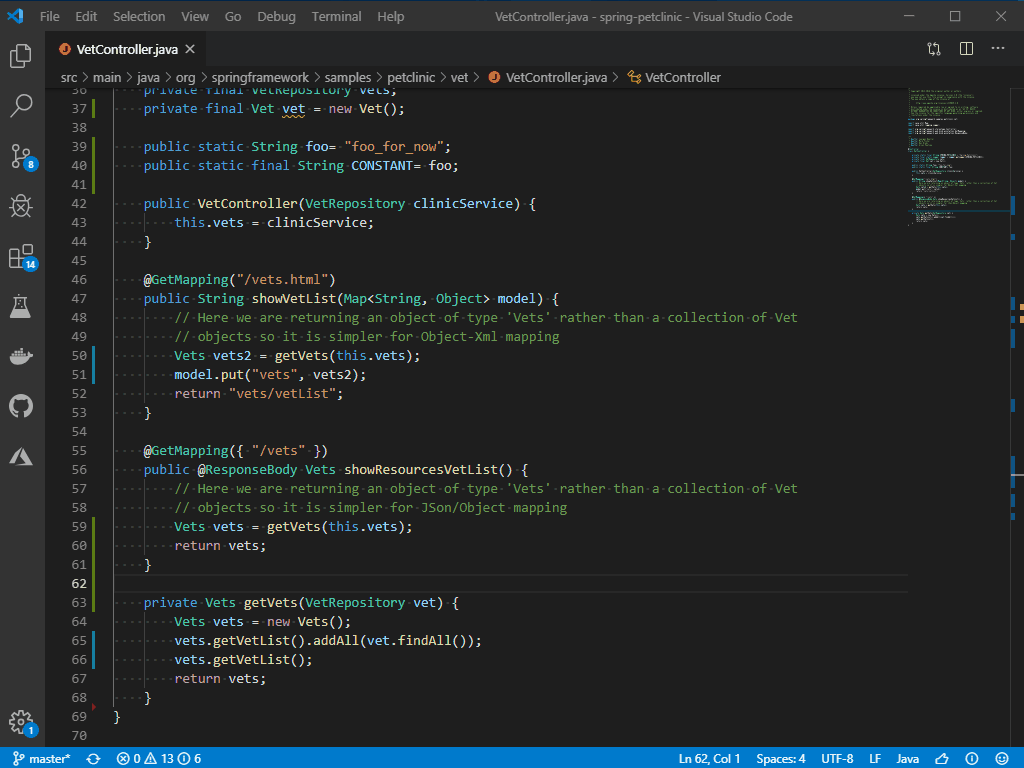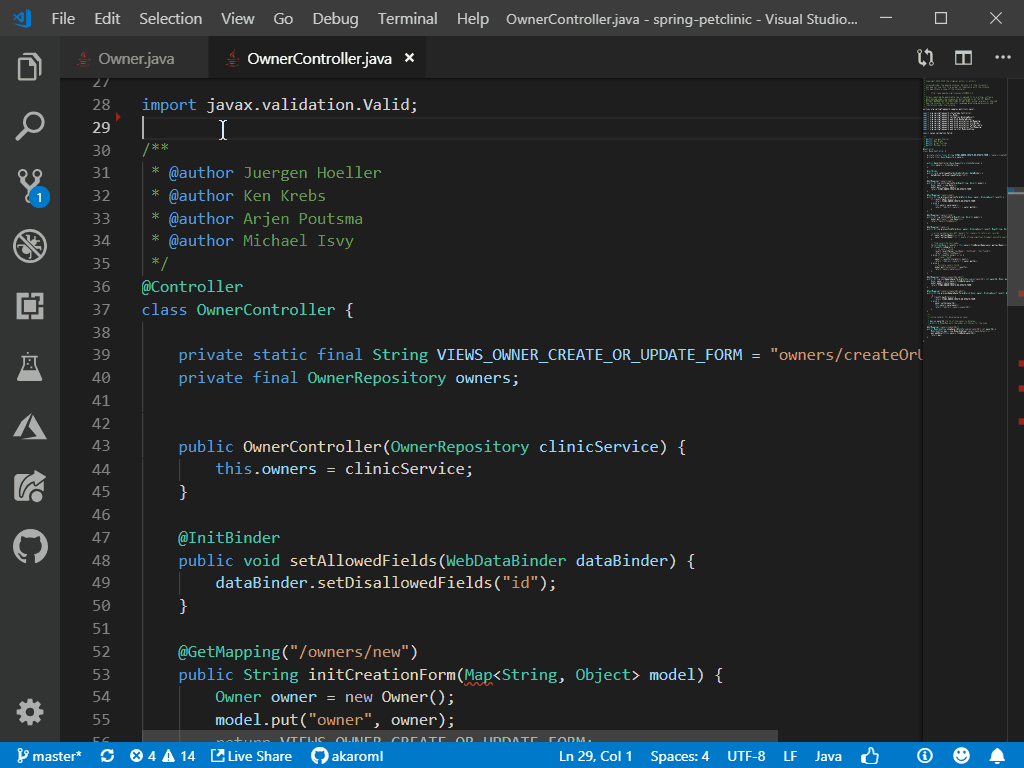

Class” files and saving the Java bytecode in the JVM method area.

Java Virtual Machine mainly consists of the following 3 components or subsystems. In addition, it is platform-dependent and can perform many tasks like memory management and security. In addition, JVM is also responsible for converting Java bytecode to machine-specific code. That is to say, JVM works as an interpreter that can load, verify, and executes Java bytecode.

Java Virtual Machine, also known as JVM, is a virtual environment that allows a computer to run Java programs written in other programming languages that are translated to Java bytecode. Read More What Is a Java Virtual Machine (JVM)


 0 kommentar(er)
0 kommentar(er)
